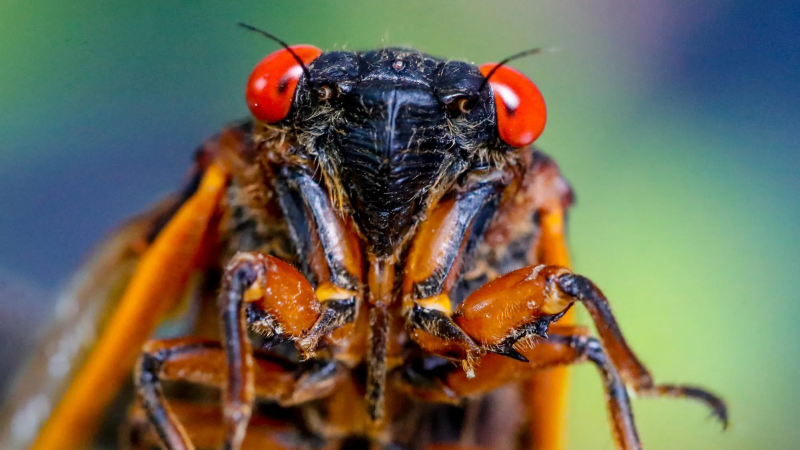2024 cicada map: See where Brood XIX, XIII cicadas are emerging around the US
Like it or not, the cicada invasion is in full force.
Trillions of periodical cicadas part of Brood XIX and Brood XIII are emerging this year in multiple states, part of a rare, double-brood event. These 13- or 17-year cicadas have been waiting for the right soil conditions to come above ground, where they will eat, mate and die, with the newly-hatched nymphs burrowing underground to start the whole cycle over again.
The two broods, which are emerging in 17 states across the Southeast and Midwest, have not emerged at the same time since 1803, and won't do so again until 2245. While the two broods likely won't have any overlap due to being in different states, they are both emerging in parts of Illinois and Iowa.
Ready to see (and hear) the cicadas this year? Here's where you can expect to find them.
Can you eat cicadas?Try these tasty recipes with Brood XIX, Brood XIII this summer
2024 cicada map: Check out where Broods XIII, XIX are projected to emerge
The two cicada broods are projected to emerge in a combined 17 states across the South and Midwest. They emerge once the soil eight inches underground reaches 64 degrees, expected to begin in many states in May and lasting through late June.
The two broods last emerged together in 1803, when Thomas Jefferson was president.
Where are the cicadas already out in 2024?
Adult periodical cicadas from Brood XIX have been spotted by users in multiple states across the Southeast and Midwest, including in Alabama, Arkansas, Georgia, Illinois, Kentucky, Mississippi, Missouri, North Carolina, South Carolina, Tennessee and Virginia, according to Cicada Safari, a cicada tracking app developed by Mount St. Joseph University in Cincinnati, Ohio.
Brood XIII has started to emerge near Peoria, Illinois, according to the app.
What is a brood?
According to the University of Connecticut, broods are classified as "all periodical cicadas of the same life cycle type that emerge in a given year."
A brood of cicadas is made up of different species of the insect that have separate evolutionary histories. These species may have joined the brood at different times or from different sources. These different species are lumped together under the brood because they are in the same region and emerge on a common schedule.

Why do cicadas make so much noise?
You'll have to thank the male cicadas for all that screeching. Male cicadas synchronize their calls and produce congregational songs, according to Britannica, which establish territory and attract females. There is also a courting call that they make before mating.
The periodical 13-year and 17-year brood cicadas are the loudest, partially because of the sheer number of them that emerge at once.
Disclaimer: The copyright of this article belongs to the original author. Reposting this article is solely for the purpose of information dissemination and does not constitute any investment advice. If there is any infringement, please contact us immediately. We will make corrections or deletions as necessary. Thank you.







